Since the currents involved are tiny, there's no need for a relay.
You can use a mosfet as a switching element, and its RDS(ON) resistance as a current sense resistor. It will be accurate to a couple % across a reasonable temperature range as long as you trim R1/R2.
The mosfet's body diode will function as an anti-kickback diode if the load is inductive (again: you didn't specify what your load is!).
The circuit as shown, with the suggested op-amps, will work up to about 30V supply voltage, although R4 can be increased for higher supply voltages to avoid excessive power dissipation on it.
For a positive-referenced load (i.e. connected to VCC), you'd use an N-mosfet and comparators/op-amps with common mode voltage that includes ground. E.g. LM2903B or LM393B comparators, or the LM358B or LM2904B op-amps.
For a negative-referenced load, the circuit looks identical, just reverse the supply voltage, reverse all diodes, and replace the N-mosfet with a P-mosfet, and use comparators/op-amps with common mode voltage that includes V+, e.g. TL071 op-amp for 30V operation, or LMC6772 comparator for operation up to 15V.
The diode D1 is a voltage reference. A TL431 set for 2.5V output could be used instead, of course after appropriately changing R3 and R4.
The diodes D2, D3 are only needed when using op-amps. When using the comparators (as you should be!), they are not necessary and should be bypassed.
In the circuit below, C3||R7 has a time constant of the order of 1ms, and that's the "override time" for start-up transient. After about 1ms, the load current must be between the limits set by R1 and R2, otherwise the load will be disconnected.
With the mosfet shown, the transresistance of the current sensor is 2Ohm, i.e. a 10mA current is equivalent to a 20mV threshold voltage. The R1 and R2 should be trimmed in-circuit, using a load resistor that produces the desired current in the mosfet, and shorting R6 to turn the mosfet on for the duration of trimming.
R1 sets the minimum current, R2 sets the maximum current. With components as shown, the current adjustment range is 0-50mA approximately.
The circuit will typically detect an out-of range current within microseconds. If a slower reaction is desired, add a capacitor from the left side of R5 to ground. The capacitor value would be set to the desired time constant of the low-pass filter thus created.
R8 provides a bias path for the comparators when the load is disconnected and mosfet is open.

simulate this circuit – Schematic created using CircuitLab



